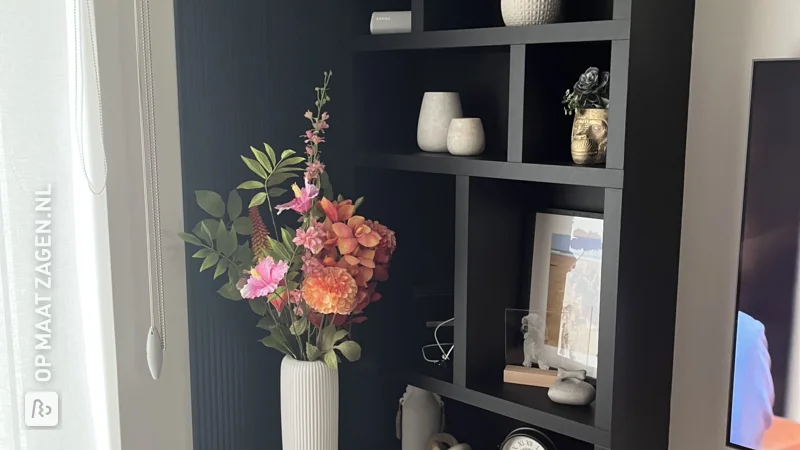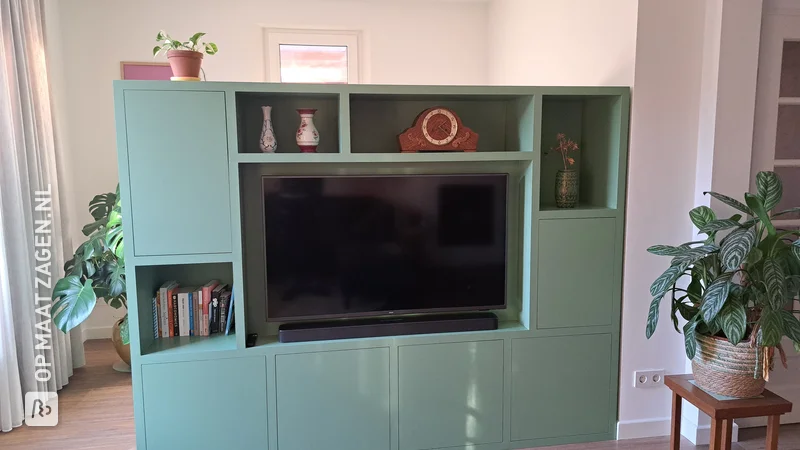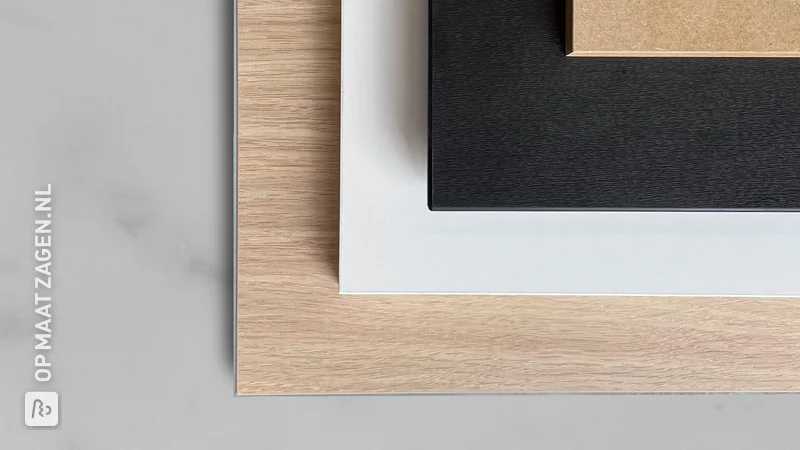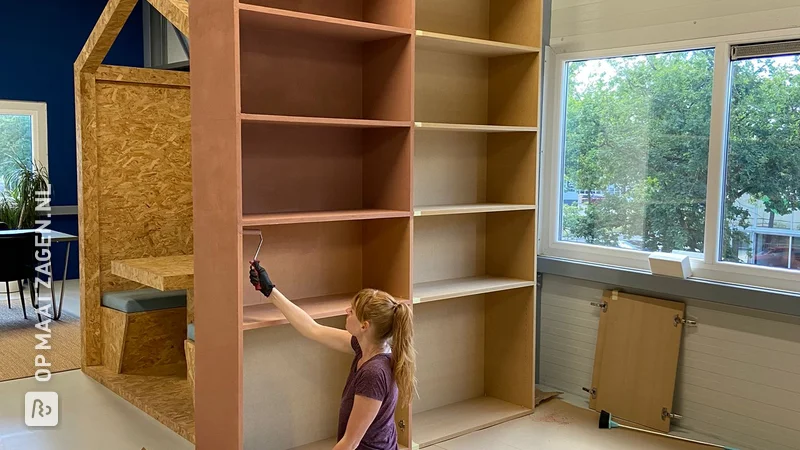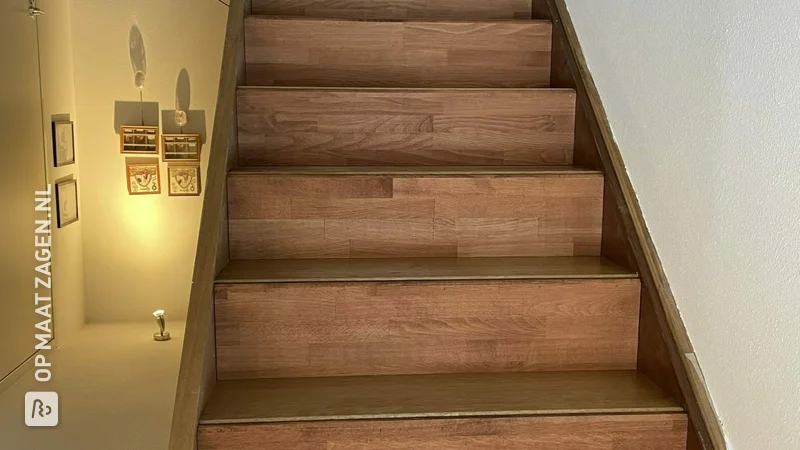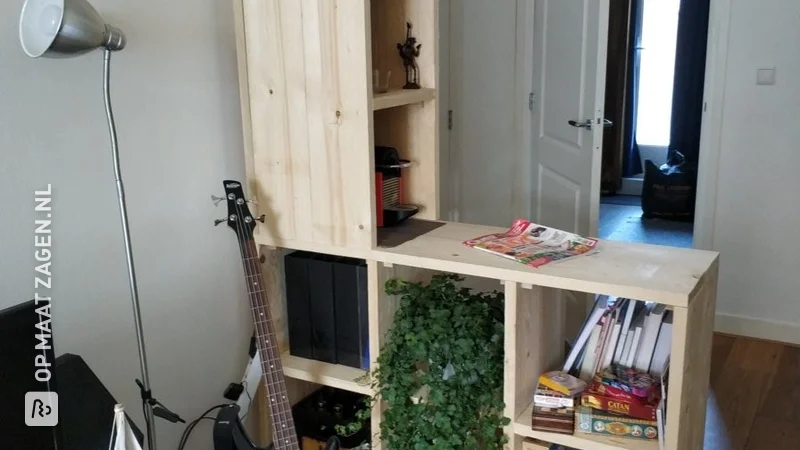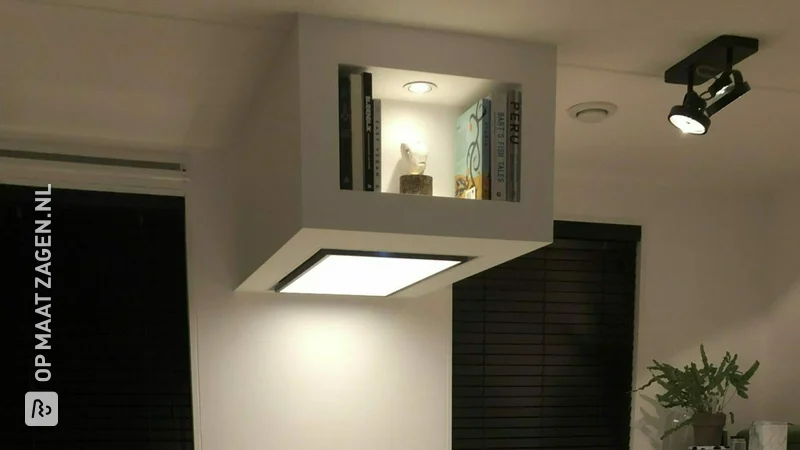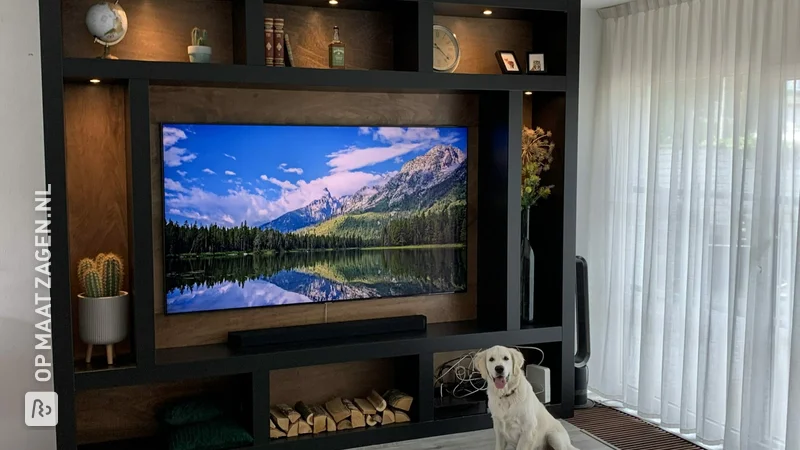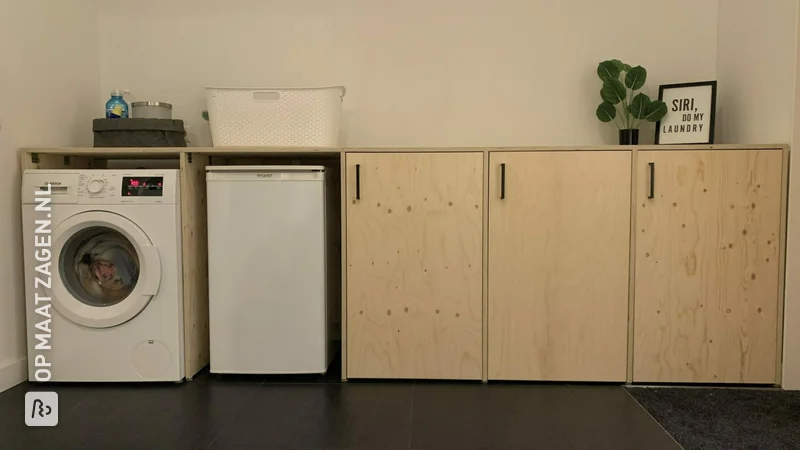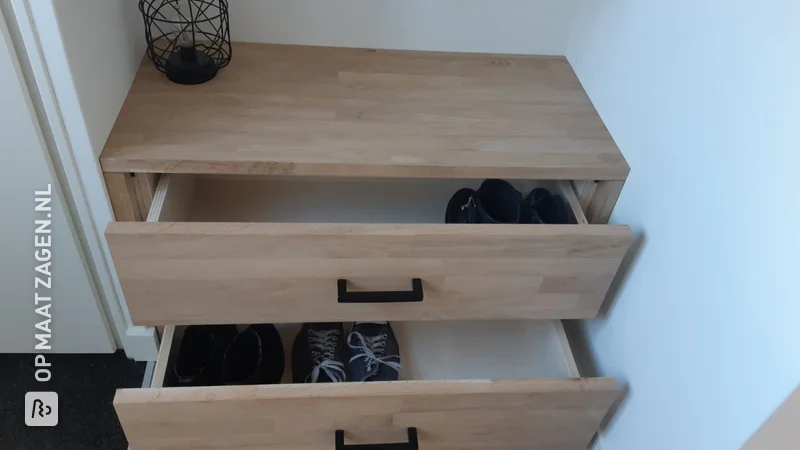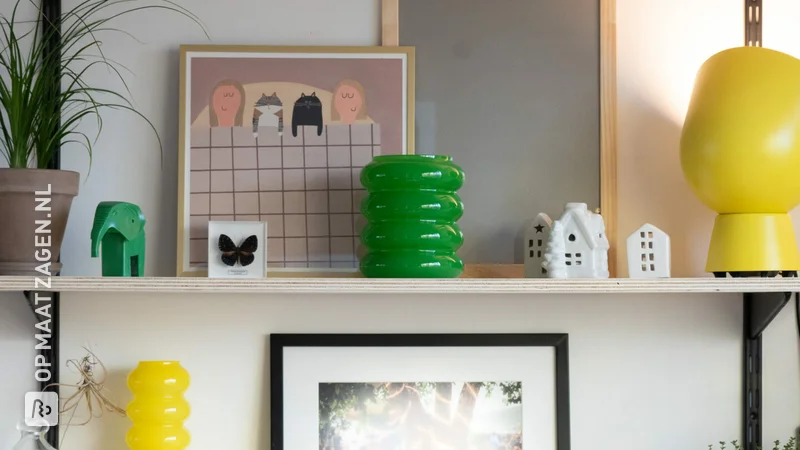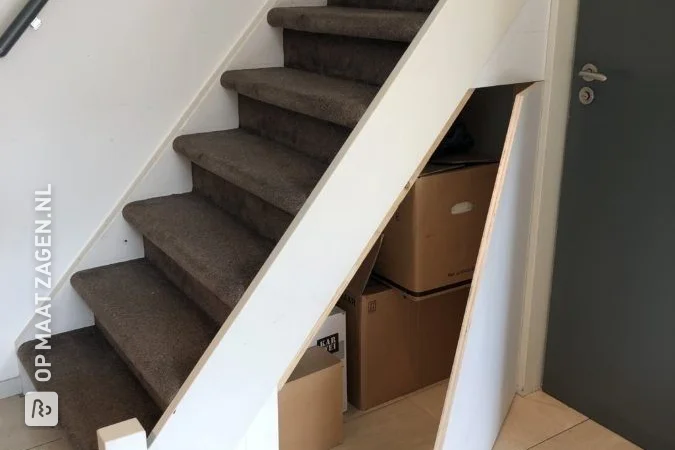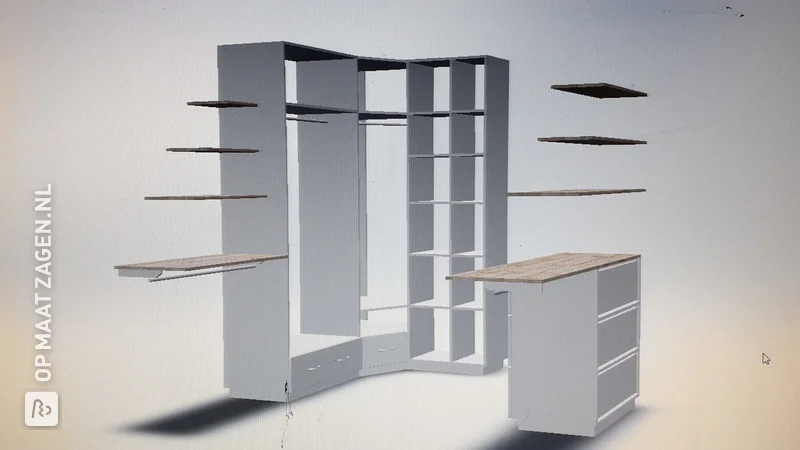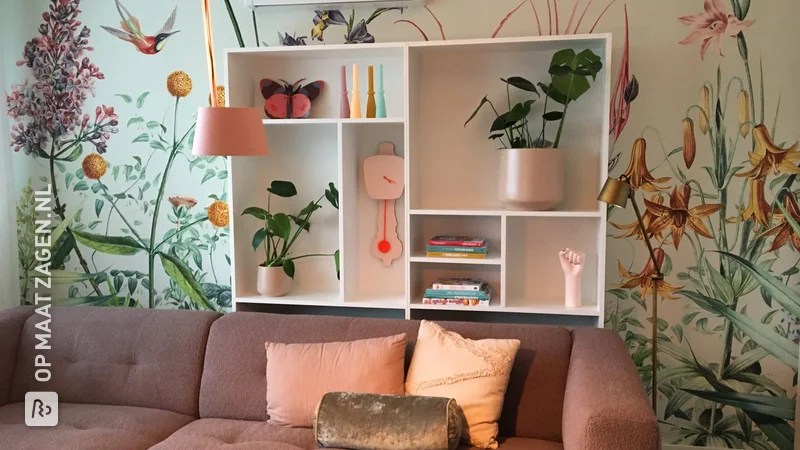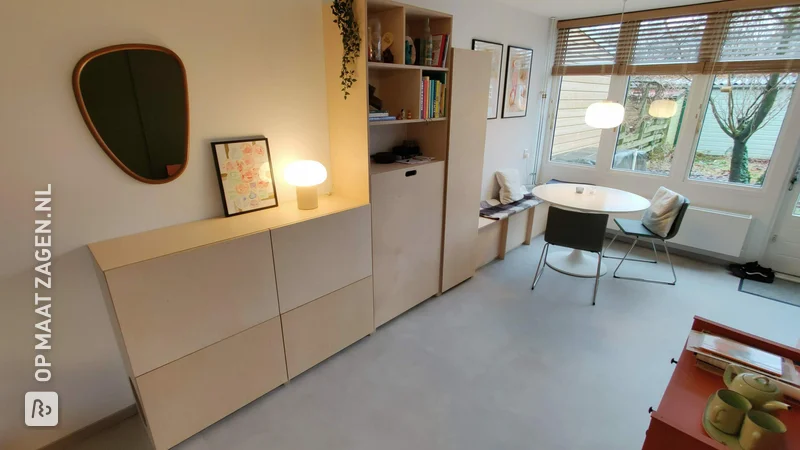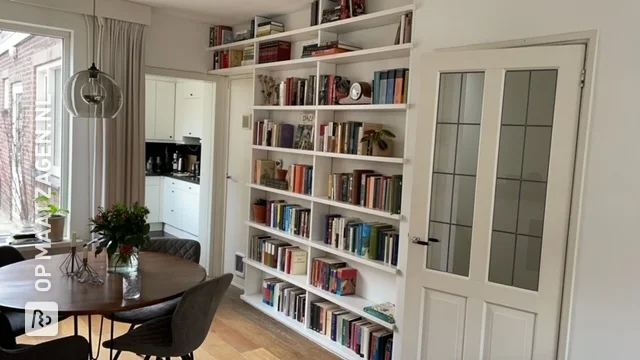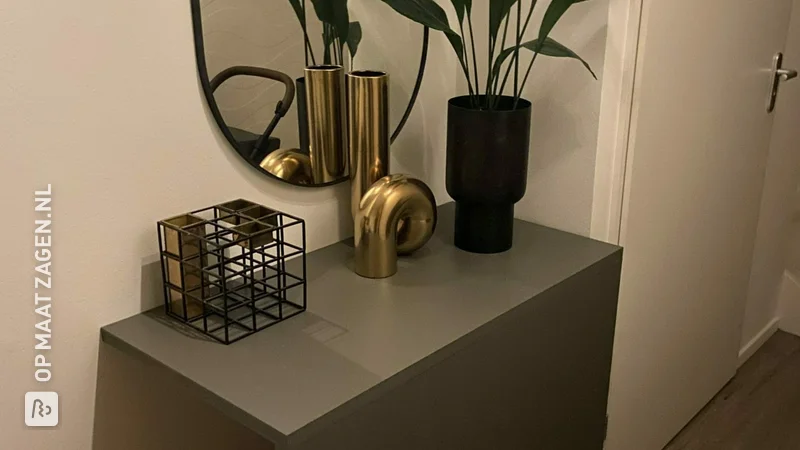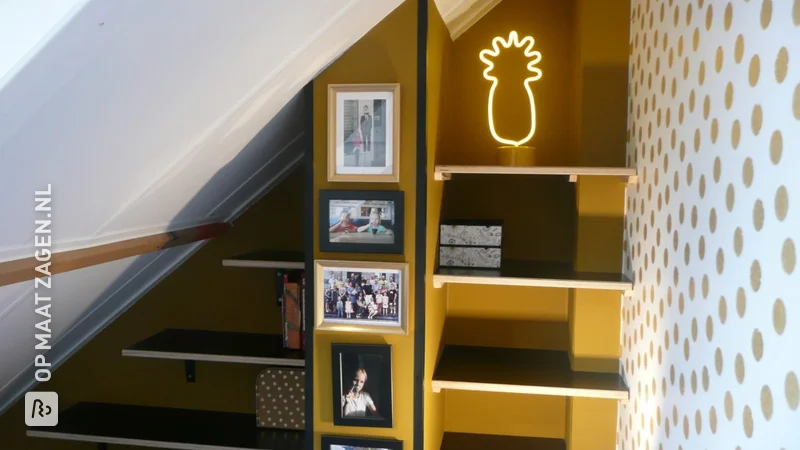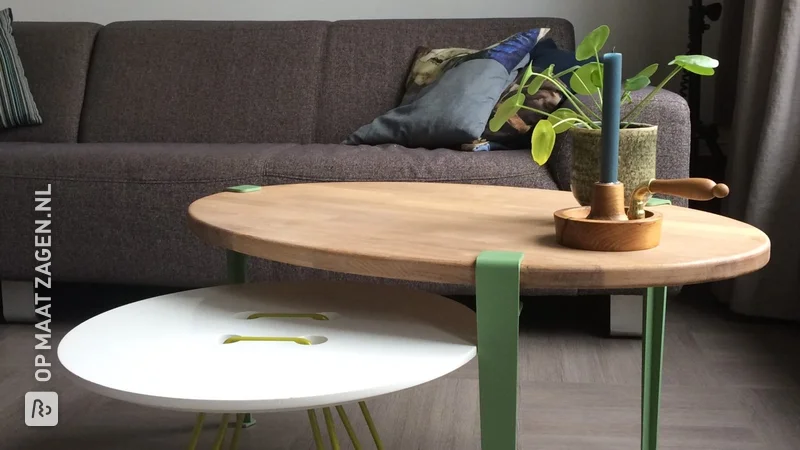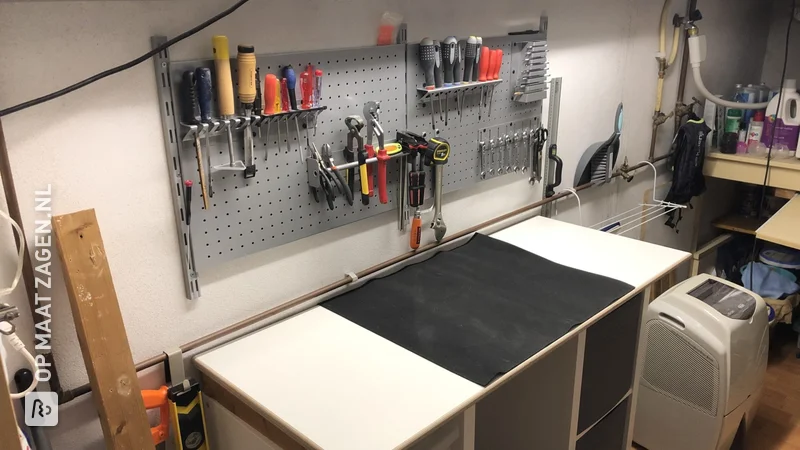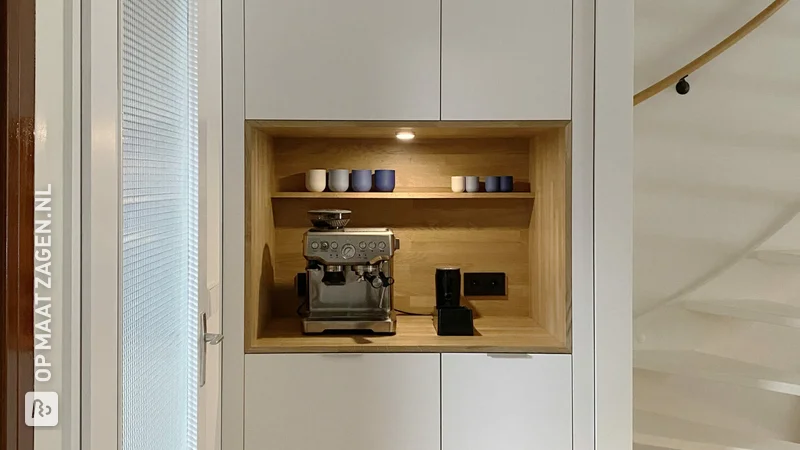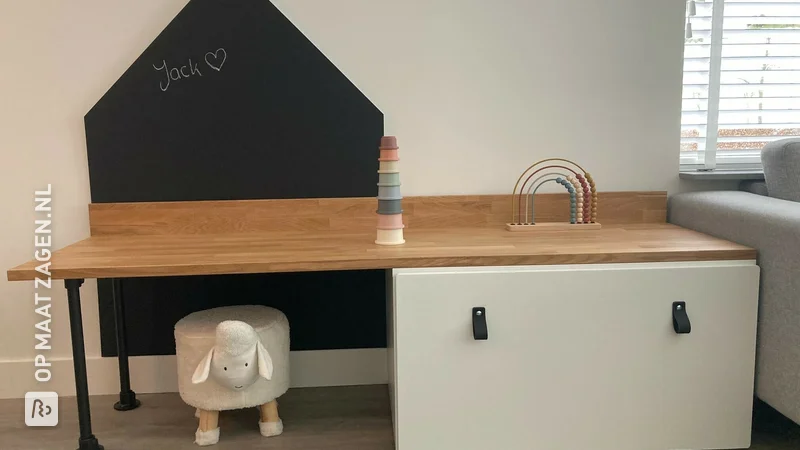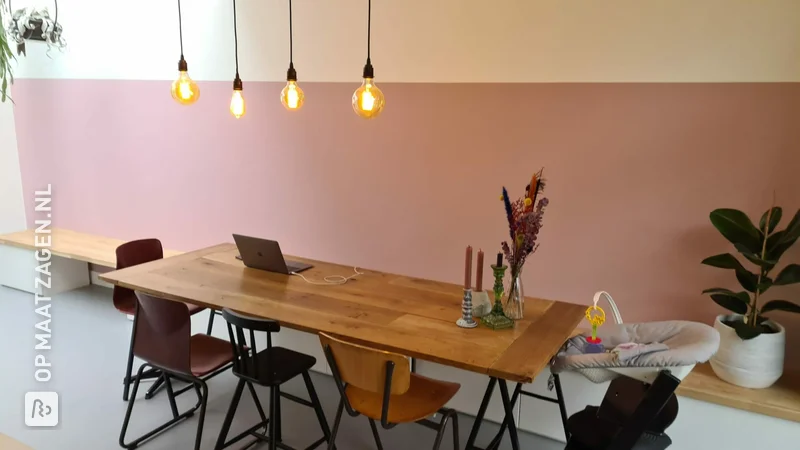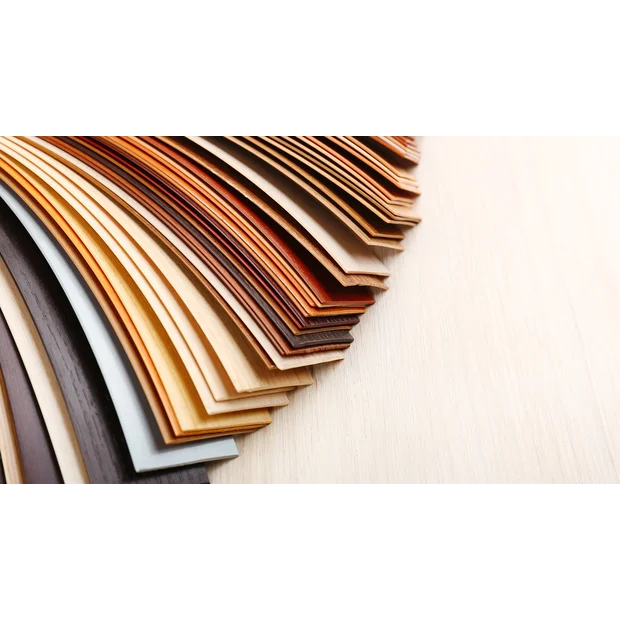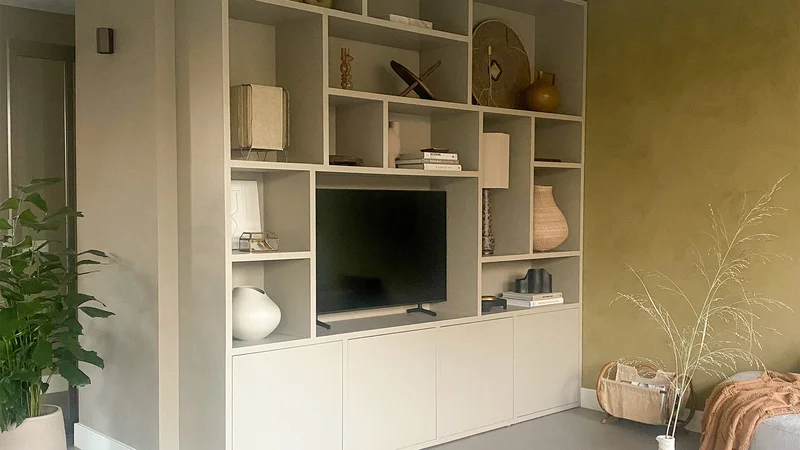- OPMAATZAGEN.nl
- DIY tips
Making your own new kitchen doors
Making your own new kitchen doors
Would you like to easily refurbish your kitchen by making new kitchen doors, without having to saw yourself? We tell you how to do it! Read more here and get started!
Why make new kitchen doors?
The kitchen is an important part of the interior. Everyone uses their kitchen every day. You make your food there, do the dishes and, in some flats, the laundry. With all this use, a kitchen sometimes gets a hard time. Moisture, damage, you name it; there are a lot of things that cause wear and tear.
In addition, a kitchen is also very much a matter of taste. Do you really like a country look and does your new house have a modern, high-gloss kitchen? Then replacing the kitchen may be high on the list of renovations. Replacing a whole kitchen is just very expensive and often the kitchen is still good inside. That is why more and more people replace only the kitchen doors, giving the whole kitchen a new look. This gives you the look of a new kitchen, for a fraction of the price! This is what Elmer did and we are going to tell you how you can easily do it yourself!
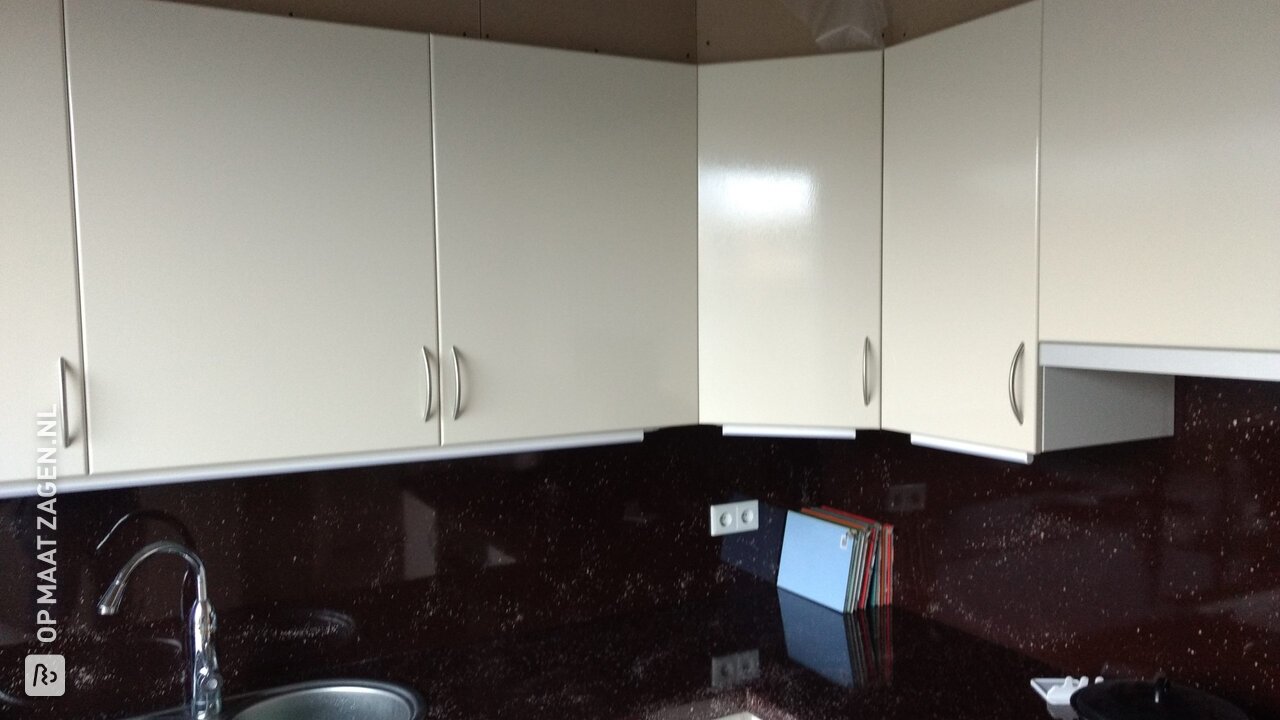
Making your own kitchen doors
Making new kitchen doors yourself sounds like a big job, especially if you don't know where to start. To help you with your job, we have created a clear step-by-step plan that will guide you through all the important elements of making new kitchen doors. We tell you everything from measuring and choosing materials to ordering and installing your kitchen doors!
Here are the steps:
Step-1: Determine the dimensions
Step-2: Determine the material
Step 1: Determine the dimensions
The first step is to determine the dimensions of your kitchen doors. It is important that everything fits well and looks neat. Measuring your kitchen doors is an important part of this. A handy way to do this is to make a sketch of your kitchen. Draw the layout of your kitchen and then measure the existing kitchen doors. You can then put the dimensions by the relevant doors in your sketch. Don't forget to measure the depth of your kitchen door too, otherwise the hinge might not fit! Also take a good look at where the hinges and handles are. Then you can reposition them in the same way afterwards.
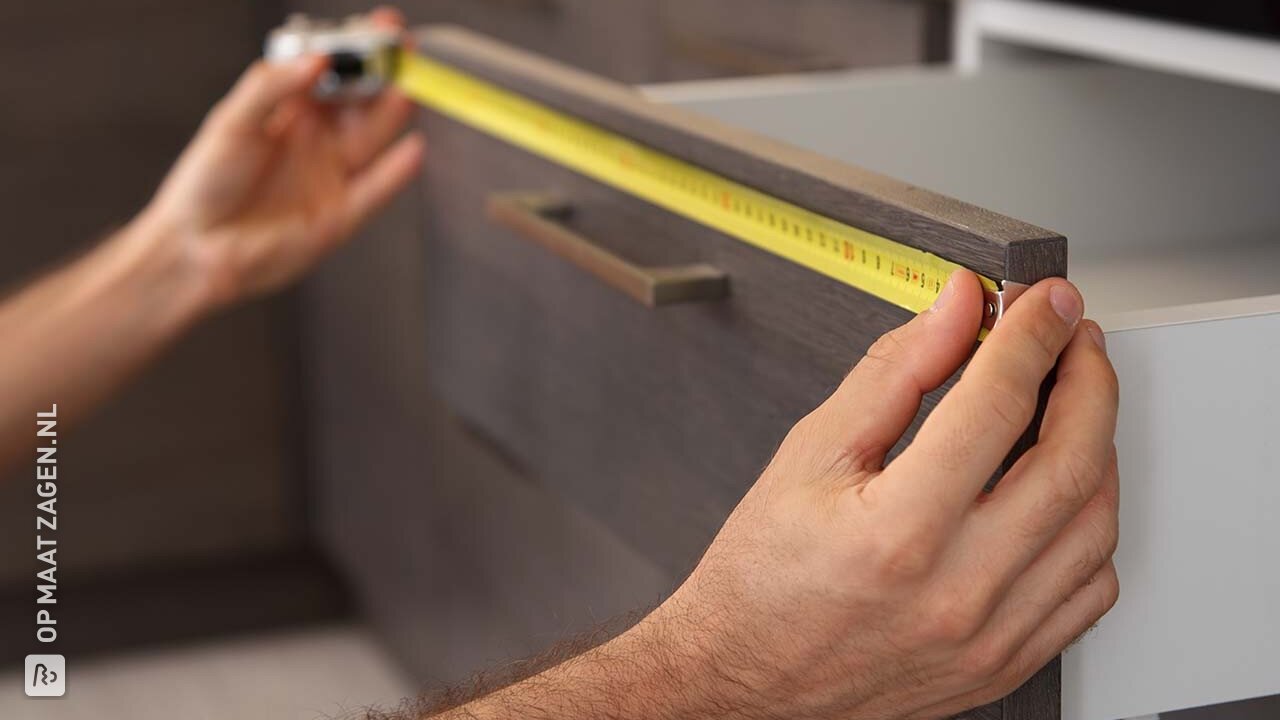
Step 2: Determine the material
Now that you know the dimensions of the kitchen doors, you can move on to choosing the material you will use. It is best to use sheet material, which comes in many varieties and can easily be cut into many shapes and sizes. Because you will be working with wood (and with materials made of wood), it is important to investigate carefully whether the material you want to use can be used in a kitchen. After all, in a kitchen the material is often exposed to moisture and the wrong material can lead to rapid wear and damage to your new kitchen doors. We have therefore made a selection of sheet material that you can use for making kitchen doors. Of course, you can also search our product range for suitable board material.
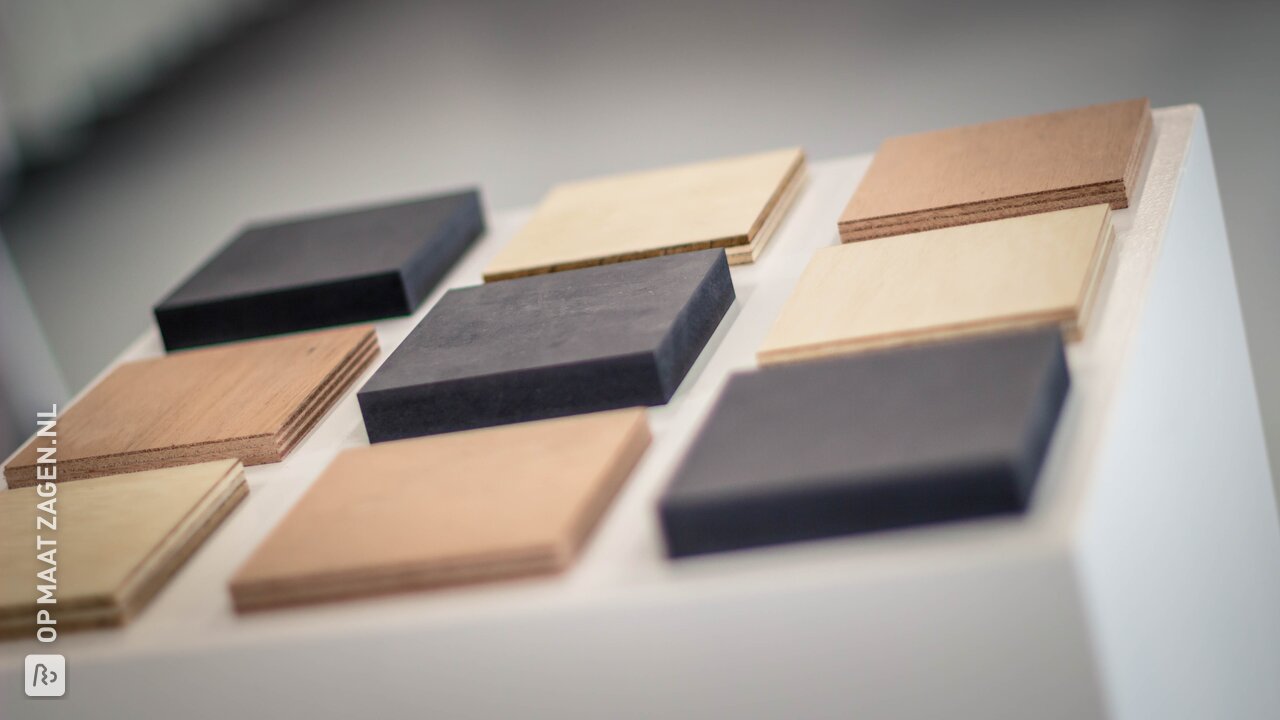
Plywood, for a natural look
Plywood has a natural look, thanks to its visible wood structure and beautiful end edges, due to the layers of wood veneer you can see. Whether the material can be used in damp rooms (e.g. a kitchen) depends on the gluing of the material and the type of wood used. Suitable multiplexplaat for kitchen doors include Okoumé plywood, and Plywood Hardwood. Plywood Birch can also be used if necessary, but the material must be primed extra well and the end edges treated with an edge sealer.
View suitable plywood variants
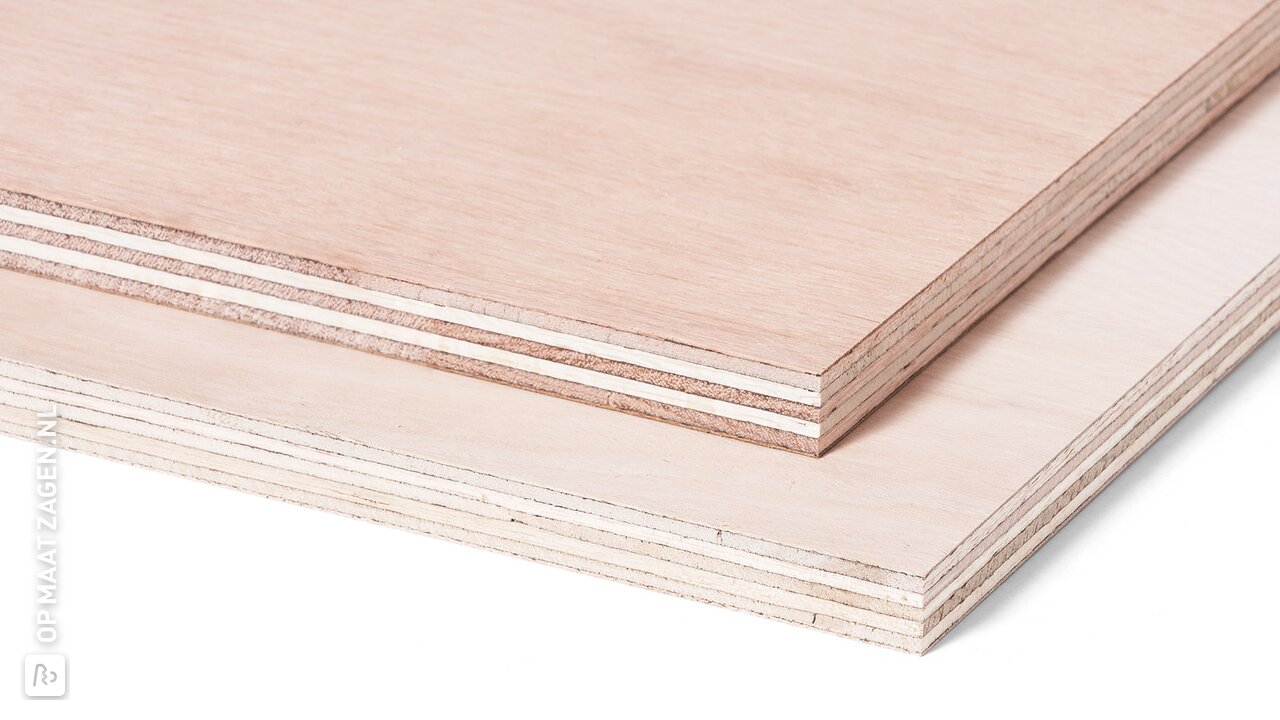
Concrete plywood, for a sleek finish
Phenolic Plywood is a plywood variant with a plastic top layer. This top layer is scratch- and impact-resistant as well as moisture-resistant. It is normally used for concrete formwork and the cladding of commercial vehicles, but thanks to these properties, it can also be used for kitchen doors. The top layer is nice and smooth and you can still see the layers of wood veneer at the ends. Phenolic Plywood is made from different types of plywood and with different top layers. The variants suitable for making kitchen doors are Birch plywood and Phenolic Plywood Hardwood. With Phenolic Plywood, the end edges still need to be treated. This can be done with a good coat of (transparent) lacquer or, for example, an edge sealer.
View available concrete plywood boards
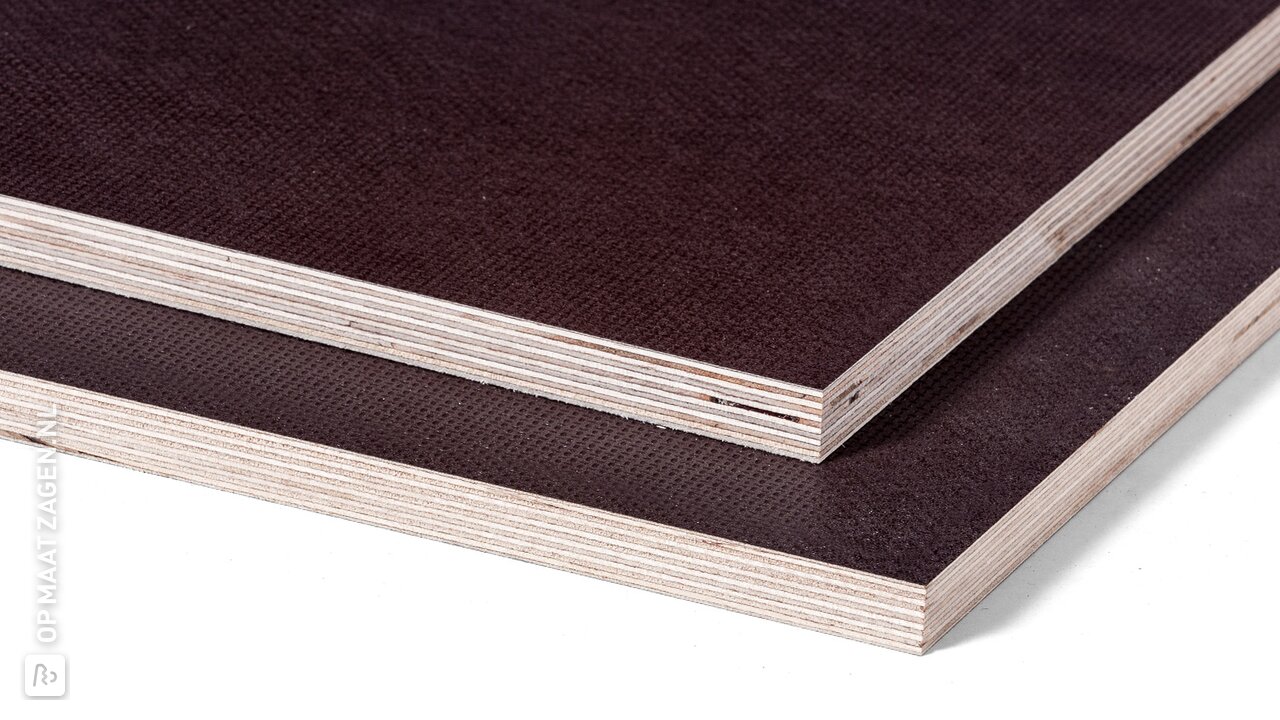
MDF, for the freedom to finish it yourself
MDF is a versatile board material. Not only is it easy to work with, it can also be used in many projects and is available in many variations. You choose MDF for your kitchen cabinets if you want to finish the material to your taste. This is because the material is flat and smooth, making it easy to paint over. However, MDF is highly absorbent, so a good primer is needed for a smooth and moisture-resistant result. You can also opt for a version with a primer or a lakdragende folie, then you don't need to prime the material yourself. It is important that you go for a vochtwerende variant if you choose MDF. This material can withstand moisture a lot better and can be recognised by the term V313.

OSB, for an industrial look
OSB consists of compressed wood chips and you can clearly see that. It is originally widely used in construction, but with the popularity of industrial design, you see it increasingly in interior and furniture construction. Kitchen doors made of OSB give your kitchen a tough look, especially if the frame and top of your kitchen are black. OSB has good moisture-resistant properties, but it is still important to treat it properly. You can do this with a matt, transparent lacquer. The end edges are best left finishing or sanded and also painted well.
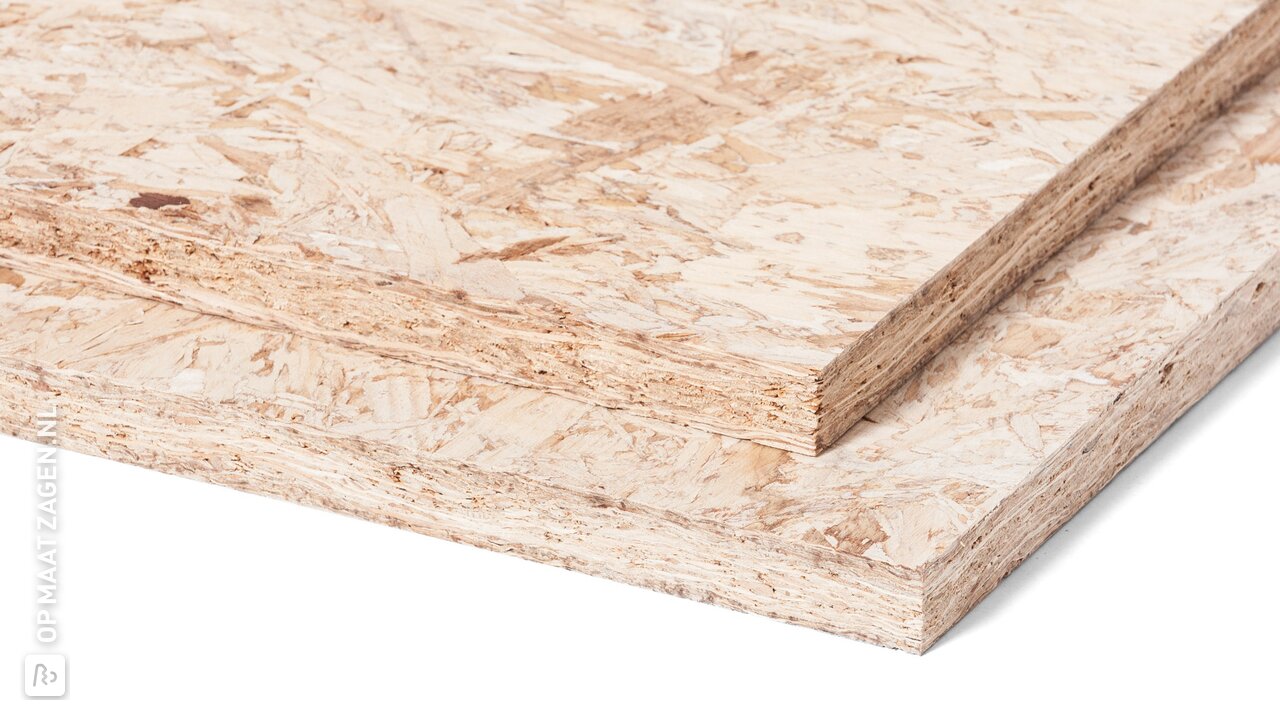
Now that you have determined the material you are going to make your kitchen doors with, you can move on to thinking about the finishes you are going to apply to the material. This will turn the chosen sheet material into your unique kitchen doors! We have listed a few things to look out for when deciding on the finishes for your kitchen doors.
Painting the kitchen doors
If you are going to make kitchen doors, it is important that you treat the chosen material properly. A kitchen is often damp and you want to be able to clean your kitchen doors when they get dirty. It is therefore very important with which paint, varnish or stain you treat the material.
It is advisable to ensure that the chosen treatment is resistant to moisture, then it will not rub off if it comes into contact with water, for example, and it will protect your kitchen doors from moisture penetration. This is not a necessity and if you already have paint lying around that you want to use for your kitchen doors, that's fine too. For board material like MDF, it is recommended to apply a good primer and then paint it in the desired colour. If you want to keep the structure of the board visible, for example with OSB and plywood, a transparent lacquer is a good option.
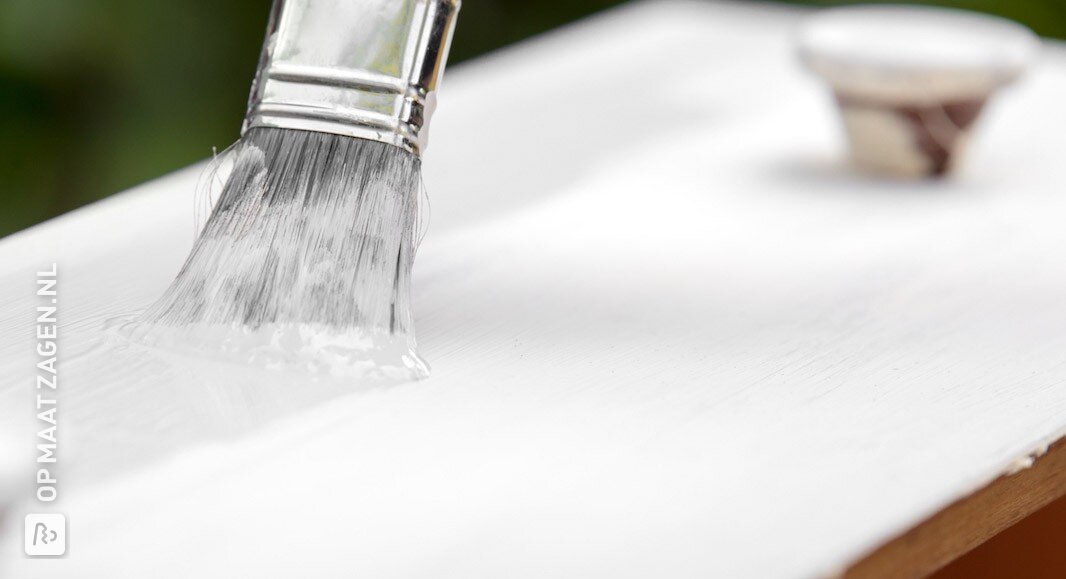
Grips or no grips?
Many kitchen doors have handles to open the door. These handles come in different styles, shapes and sizes. Of course, you can reuse your old handles, install new ones or even use no handles at all! If your kitchen doors have a push-to-open system, you can open them without a handle. You can also have a finish made on the ends that can be used to open the kitchen doors.
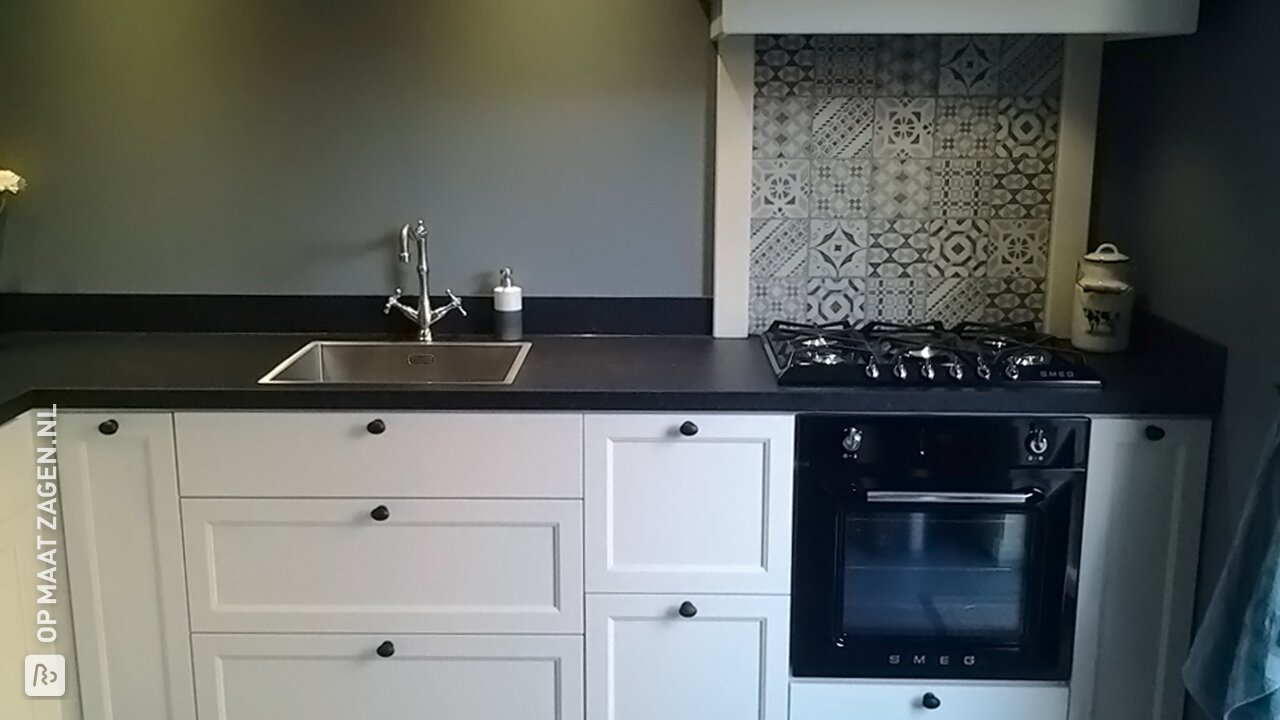
Finishing the end edges
As mentioned once above, you can have the kopse kanten laten afwerken. The example used then was a hollow profile used as a replacement for a door handle. However, you can finish the end edges for many more purposes. For example, you can have the end edges rounded or chamfered to remove sharp edges, have a quarter rounded for a classic look or even have ABS tape applied to finish the end edges completely. The choice is yours!
View all possible edge finishes
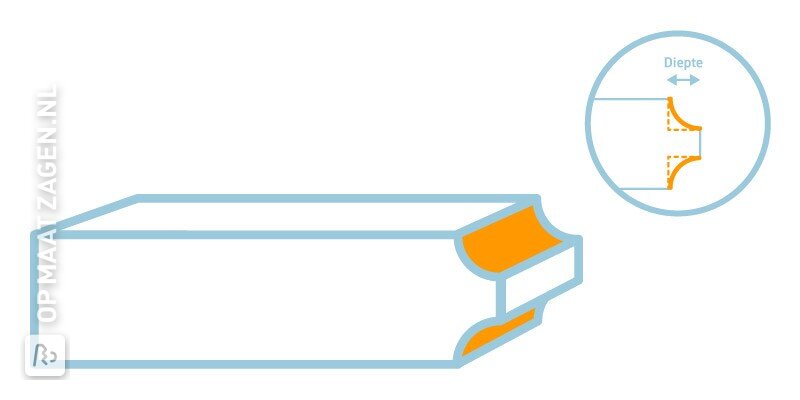
When you get to this step, you probably already have a good idea of what your new kitchen doors are going to look like and what you will need for it. Now it's time to order everything! At OPMAATZAGEN.nl, you can order all the parts for your new kitchen doors online. We cut the panels to the millimetre and can finish the edges in various ways for you. All other accessories can be ordered at the same time. Very convenient, because then you receive everything in one package! You can have your order delivered to your home or pick it up at our sawmill in Veenendaal.
Order all the parts for your kitchen doors online!
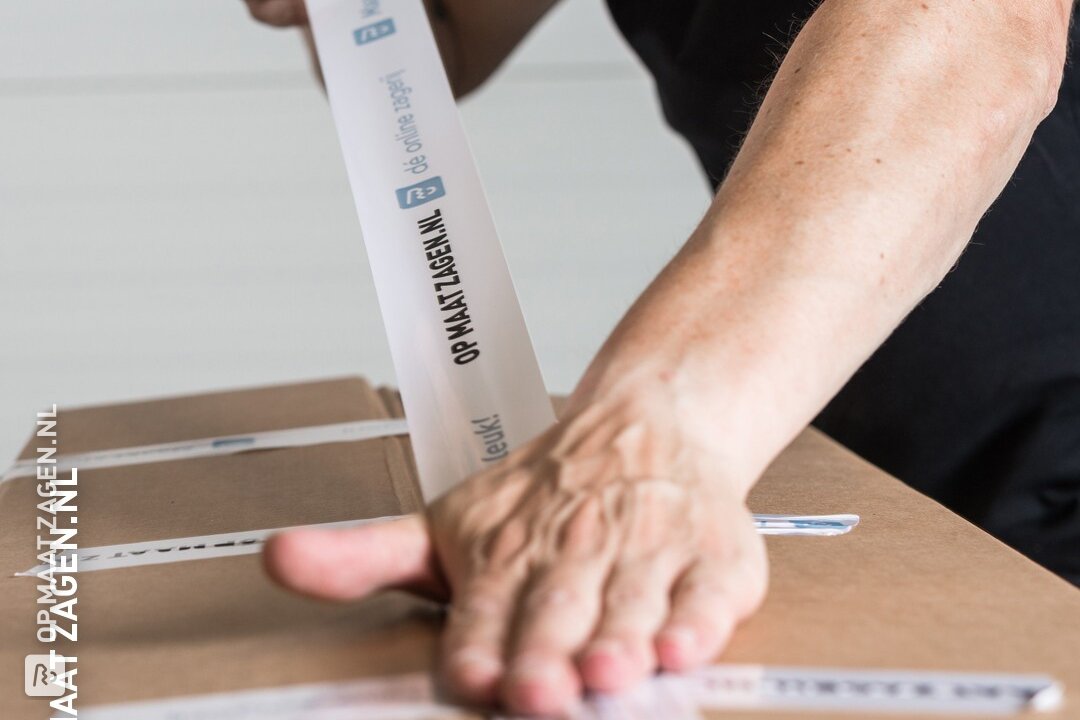
Once you've completed your order and have all the parts, it's time to get started! Start by dismantling the old cabinet doors, then you will have all the necessary parts at your disposal. It is recommended to pre-drill properly the screw holes for the hinges and handles first. If you have a kitchen cabinet hinge on your kitchen doors, you will also need to make a larger hole to countersink the hinge. This should often be done with a pot drill or forstner drill with a diameter of 35 millimetres, but always check carefully first if this is the case for you. Then you can paint the material. When everything has dried properly, you can fit the hinges and handles and put the kitchen doors in your kitchen. And voilá your new kitchen is ready! Kitchen refurbishment can be that easy.
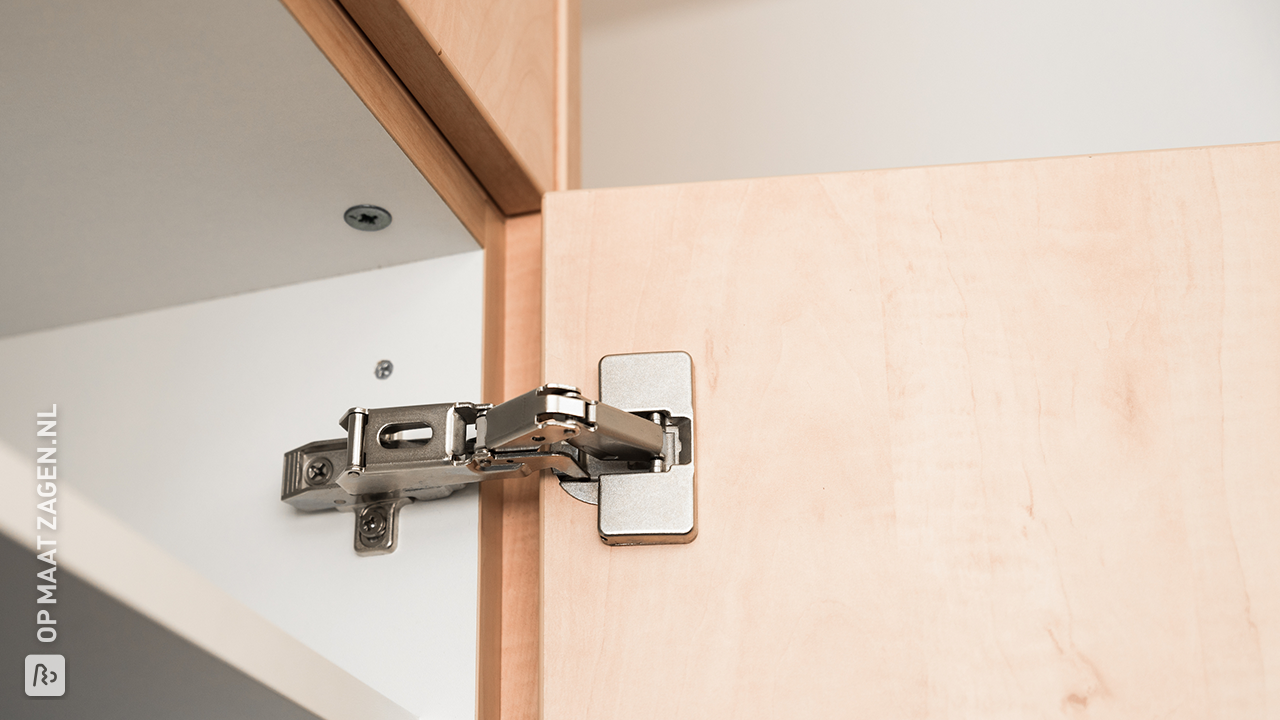
The end result of Elmer's kitchen doors
For his own kitchen doors, Elmer used MDF Paint Carrier. This is a smart choice, as it makes it very easy to apply your favourite colour to the material! He chose to paint his kitchen doors green, which gives the whole thing a cheerful, fresh look. The end result is something to be proud of! Especially since you came up with and made it all by yourself. Would you also like to replace your kitchen doors and revamp your kitchen cupboard? Then order all the parts at OPMAATZAGEN.nl and give your kitchen the look of a new kitchen!
Order everything for making new kitchen doors!
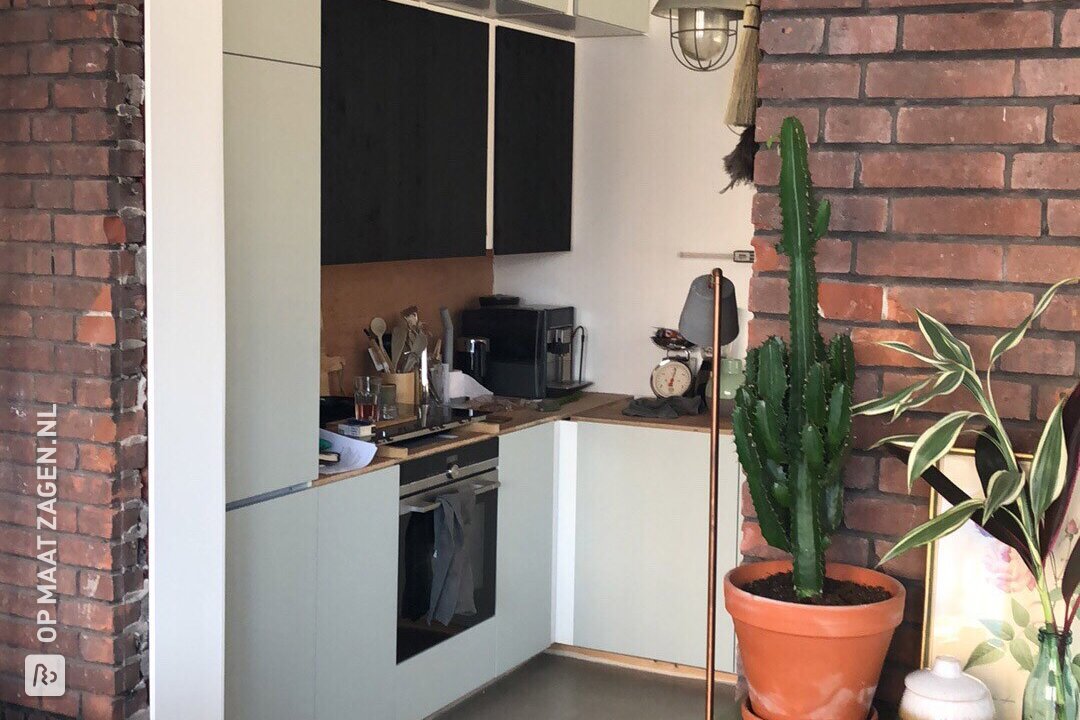
Not sure yet?
Do you have any questions about our shelving units, custom-made furniture or anything else? Feel free to contact our customer service team, we will be happy to help.


Also check out these similar DIY tips
